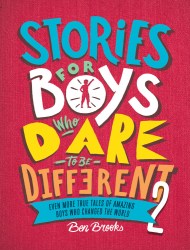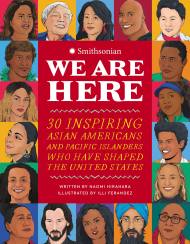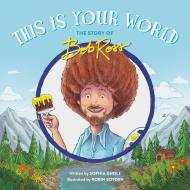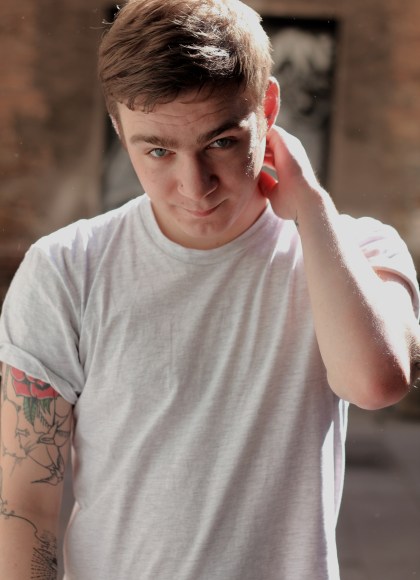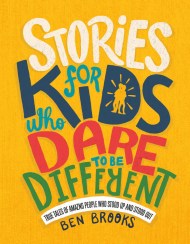Promotion
25% off sitewide. Make sure to order by 11:59am, 12/12 for holiday delivery! Code BEST25 automatically applied at checkout!
By clicking “Accept,” you agree to the use of cookies and similar technologies on your device as set forth in our Cookie Policy and our Privacy Policy. Please note that certain cookies are essential for this website to function properly and do not require user consent to be deployed.
Dare to Be Different
Inspirational Words from People Who Changed the World
Contributors
Illustrated by Quinton Winter
By Ben Brooks
Formats and Prices
- On Sale
- Mar 22, 2022
- Page Count
- 160 pages
- Publisher
- Running Press Kids
- ISBN-13
- 9780762479153
Price
$9.99Price
$12.99 CADFormat
Format:
- ebook $9.99 $12.99 CAD
- Hardcover $17.99 $22.99 CAD
This item is a preorder. Your payment method will be charged immediately, and the product is expected to ship on or around March 22, 2022. This date is subject to change due to shipping delays beyond our control.
Buy from Other Retailers:
The things we say, write, and sing can inspire, comfort, uplift, and excite other people. But words do not only provoke emotions, they lead to action too. This book, like most others, is a collection of words. What makes these words different is how they changed the world and changed peoples' lives. Some of them were heard by millions of people around the planet, while others were written in personal letters from one person to another. Learn more about 75 people throughout history who have used their words to make a difference in the world, including Ralph Waldo Emerson, Nujeen Mustafa, Lin Yutang, Lydia Maria Child, Malala, Socrates, Sampa the Great, and more. Fully illustrated with art by Quinton Winter, this new middle grade book is sure to uplift and inspire young readers to use words to change the world.
Series:
Newsletter Signup
By clicking ‘Sign Up,’ I acknowledge that I have read and agree to Hachette Book Group’s Privacy Policy and Terms of Use


